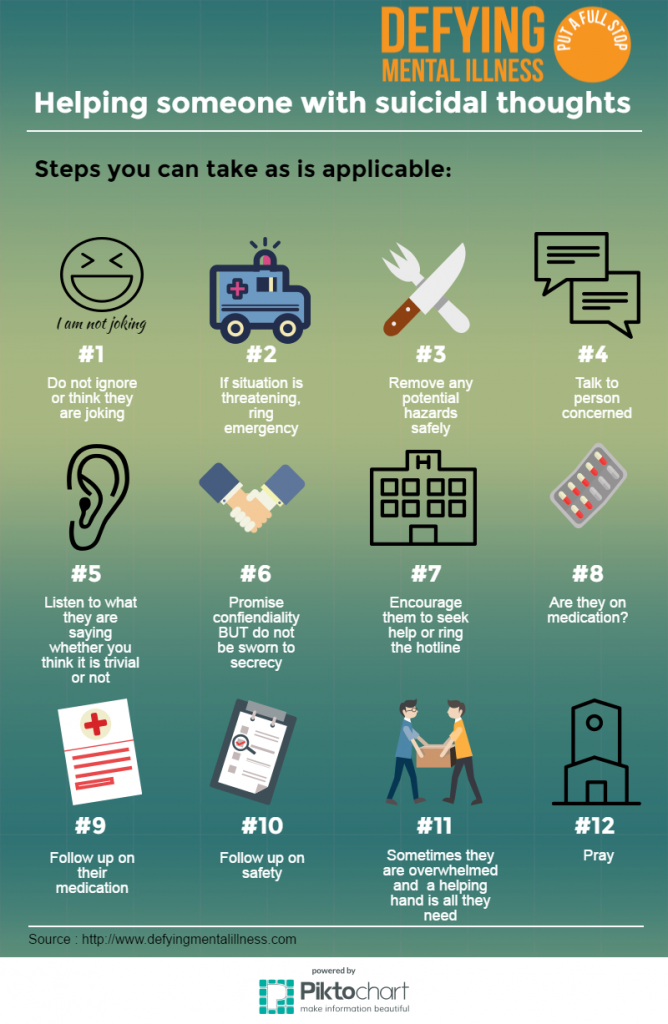Best Quotes About Mental Health
Best Quotes About Mental Health
Blog Article
How Do State Of Mind Stabilizers Job?
State of mind stabilizers assist to soothe locations of the brain that are impacted by bipolar illness. These medications are most reliable when they are taken on a regular basis.
It might take a while to locate the right medicine that works finest for you and your medical professional will certainly check your problem throughout therapy. This will certainly entail normal blood examinations and perhaps a modification in your prescription.
Natural chemical guideline
Neurotransmitters are a group of chemicals that regulate one another in healthy and balanced people. When levels become out of balance, this can bring about state of mind conditions like clinical depression, stress and anxiety and mania. Mood stabilizers help to stop these episodes by assisting control the equilibrium of these chemicals in the brain. They additionally may be made use of alongside antidepressants to improve their performance.
Medications that function as state of mind stabilizers include lithium, anticonvulsants and antipsychotics. Lithium is probably the most well known of these medications and jobs by influencing the flow of sodium via nerve and muscle mass cells. It is usually made use of to deal with bipolar illness, but it can likewise be useful in dealing with other state of mind disorders. Anticonvulsants such as valproate, lamotrigine and carbamazepine are likewise reliable mood supporting medicines.
It can spend some time to find the ideal type of medicine and dosage for each and every individual. It is necessary to work with your medical professional and engage in an open discussion concerning exactly how the drug is helping you. This can be especially helpful if you're experiencing any kind of side effects.
Ion network inflection
Ion channels are a significant target of mood stabilizers and lots of other medicines. It is now well developed that they are vibrant entities that can be modulated by a range of outside stimulations. Additionally, the inflection of these channels can have a series of temporal effects. At one extreme, modifications in gating dynamics may be rapid and immediate, as in the nicotinic acetylcholine receptor/channel system. At the other end of the range, covalent modification by healthy protein phosphorylation might cause changes in network feature that last longer.
The area of ion network inflection is getting in a period of maturity. Recent researches have actually demonstrated that transcranial concentrated ultrasound (United States) can stimulate neurons by activating mechanosensitive potassium and sodium channels installed within the cell membrane layer. This was demonstrated by revealed networks from the two-pore domain potassium family in Xenopus oocytes, and focused United States significantly modulated the present moving through these channels at a holding voltage of -70 mV (ideal panel, relative effect). The results are consistent with previous observations revealing that antidepressants influencing Kv networks regulate glia-neuron interactions to opposite depressive-like habits.
Neuroprotection
State of mind stabilizers, like lithium, valproic acid (VPA), and carbamazepine, are essential in the treatment of bipolar affective disorder, which is identified by persistent episodes of mania and clinical depression. These medicines have neuroprotective and anti-apoptotic buildings that assist to prevent cellular damage, and they also improve mobile strength and plasticity in dysfunctional synapses and neural circuitry.
These protective actions of mood stabilizers may be moderated by their inhibition of GSK-3, inositol signaling, and HDAC activity. Furthermore, long-lasting lithium therapy protects against glutamate excitotoxicity in cultured nerve cells-- a version for neurodegenerative disorders.
Research studies of the molecular and mobile results of state of mind stabilizers have actually shown that these drugs have a wide variety of intracellular targets, consisting of several kinases and receptors, along with epigenetic alterations. Refresher course is required to figure out if state of mind stabilizers have neurotrophic/neuroprotective activities that are cell kind or wiring details, and just how these results might enhance the rapid-acting healing feedback of these agents. This will certainly help to develop brand-new, much faster acting, extra reliable therapies for psychological health problems.
Intracellular signaling
Cell signaling is the procedure whereby cells interact with their atmosphere and various other cells. It includes a sequence of steps in which ligands engage with membrane-associated receptors and result in activation of intracellular pathways that regulate essential downstream cellular functions.
State of mind stabilizers act on intracellular signaling through the activation of serine-threonine healthy protein kinases, causing the phosphorylation of substrate healthy proteins. This turns on signaling cascades, resulting in changes in genetics expression and mobile function.
Numerous state of mind stabilizers (consisting of lithium, valproate and lamotrigine) target intracellular signaling pathways by hindering certain phosphatases or triggering particular kinases. These effects cause a decline in the task of these pathways, which results in a reduction in the synthesis of particular chemicals that can influence the brain and result in symptoms of clinical depression or mania.
Some state of mind stabilizers also function by boosting the mental health hotlines activity of the inhibitory natural chemical gamma-aminobutryic acid (GABA). This boosts the GABAergic transmission in the brain and reduces neural task, thus generating a soothing result.